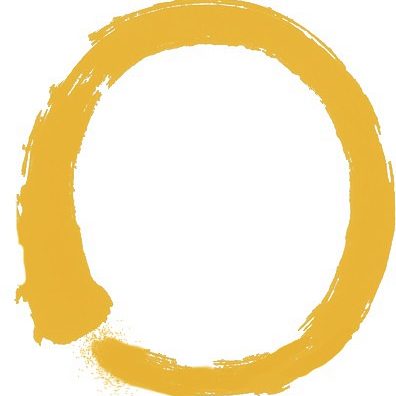Part 13-1
Then Subhuti said to the Buddha. “World Honoured One, what is this sutra to be called? How should we uphold it?” The Buddha said to Subhuti, “This sutra is named Diamond Prajnaparamita; you should uphold it by this name. Why? Subhuti, the prajnaparamita explained by the Buddha is not prajnaparamita but just called prajnaparamita.”

Commentary:
‘This sutra’ here is liable to be literally interpreted as the dharma talk preached by the Buddha in Jeta Grove in Sravasti, and prajnaparamita as perfect grand wisdom, but both of them imply the true-Self that revealed itself through the dharma talk.
The core of the Buddha’s teaching we should bear in mind is that everything is non-duality, oneness. No matter what words the Buddha used, the purpose of using them was to reveal the non-dual true-Self. When we hear ‘this sutra’ ‘Prajnaparamita’ and ‘Diamond Prajnaparamita’, it may sound as if each of them had its own form and characteristics, but they are actually no more than words that are imaginary labels created as expedient means by the Buddha, to reveal the true-Self so that sentient beings might recognise it. This is why the Buddha said that the prajnaparamita explained by the Buddha is not prajnaparamita but just called prajnaparamita.
So, an ancient master said, “Everyone has his own sutra, but no one can read it because it is formless and nameless. One who can read it will enter nirvana free from birth and death and neither try to go Bodhisattva’s way nor try to attain Buddhahood.”
Student: “How should we uphold the Diamond Prajnaparamita?”
Master: “Upholding it is losing it.”
©Boo Ahm
All writing ©Boo Ahm. All images ©Simon Hathaway




















